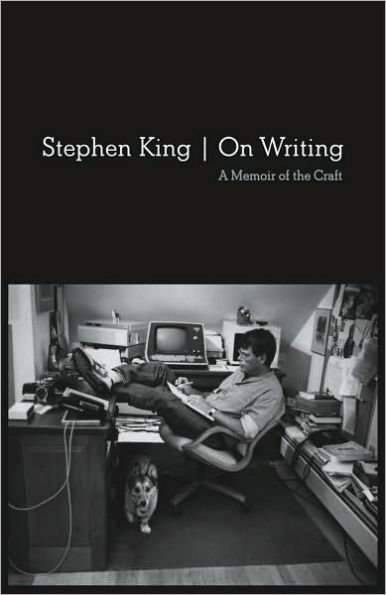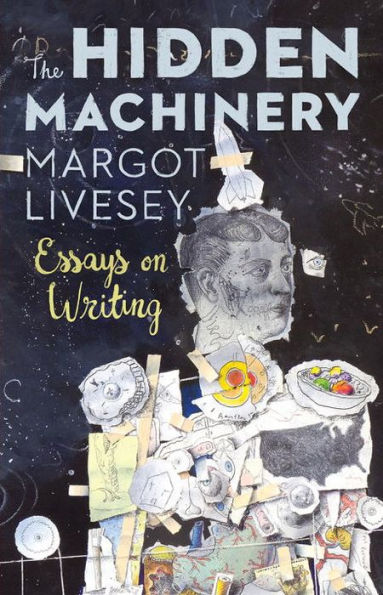The Perfect Craft Book (it's not Wonderbook, even though I love Wonderbook, too)
A few years ago, having become aware of some gaps in my education, I started reading craft books about writing. There are a lot of them out there, and some of them are very good.
Jeff VanderMeer’s Wonderbook is gorgeous and extraordinarily helpful. I do get a little overwhelmed by it, but if I read it for only short stretches at a time, I can hold onto what I’ve learned.

Stephen King’s On Writing is lovely and inspirational and makes you want to put the book down immediately: stop reading and go write, it seems to be saying, and of course you want to follow that advice.

Margot Livesey’s Hidden Machinery is intelligent and beautifully written. It makes visible (and understandable) the invisible mechanisms by which fiction moves.

Each of these books helped me enormously, but none of them are perfect in terms of just giving you the information. For a long time I thought that that was just the way of it; that the perfect nuts and bolts craft book simply didn’t exist. But a few weeks ago, my husband came home from the library having found something tucked away in the shelves that he thought I might like:
Playwriting: Brief & Brilliant, by Julie Jensen.
He was exactly right. And so is the title of Jensen’s book.

It’s brief—just 82 pages.
And it’s brilliant.
First, about plot--this tiny book has everything that you need to know about plot which, for me, is exactly what I want to know about. Here’s a little of what she says:
Plot looks to me like a long slope up a hill. The climax is the peak. As you progress up the long slope, however, there are several impediments or plot points. Fences and forests, rivers and riots. Your job is to decide what the fences and forests, rivers and riots really are. Then space them out. You’ve got yourself a plot. Here’s how it works. Hamlet wants revenge. He’s walking the long upward slope of revenge. A lot of fences and forests: Ophelia is one, Polonious another. A lot of rivers and riots: Gertrude is one, Laertes another. At the pinnacle is Claudius himself. These plot points are challenges or complications, things that impede the progress of the hero or heroine, things that cause danger, things that go bump. These things get bigger as the play goes on. Then by the end, either the things win or the hero does. And that’s the plot.
What else do you need to know? Lots of fences and forests. Lots of rivers and riots. Claudius at the very top of the hill.
Second, about character:
They’re off balance in some way. They’re excessive in one direction, deficient in another. And they are tenacious; they don’t easily give up their imbalance.
Third, sound (actually, I sort of think this is more applicable to playwriting than to fiction, but I find it fascinating nevertheless):
Sometimes I think of two characters as drummers. In and of themselves, they each have a rhythm defined by how they move, how they speak, how they feel that day. They likewise connect or collide in a rhythmic way.
I could go on. Other chapters talk about setting and rewriting and formatting finished work. It’s practical, always. Among the things that I love about it is how straightforward it is. Each chapter includes a checklist at the end in case you spaced out while you were reading. Each chapter is practical, and rooted in example, and gets you ready to go.
You may be wondering—is Johanna thinking about writing plays? Well, actually, I am not—prose is what I love, and prose is where I’ll stay. And there are parts of this book that really only speak to playwrights (Dialogue being one of them, but Sets and Thinking Like a Playwright, too). But there’s something so pared down about Jensen’s advice that it translates across genre, and I’ve always thought that advice from other genres is enormously helpful, anyway. I think all the time about what my husband tells me about Anne Bogart’s Viewpoints when I write, which were developed as a language for the theater and include (but are not limited to) Tempo, Duration, Shape, and Gesture.
So that’s my recommendation of the day: Julie Jenson’s brief and brilliant work. I’m always looking for more craft-book recommendations, so let me know on my Facebook page if there are any that have been particularly helpful for you.


